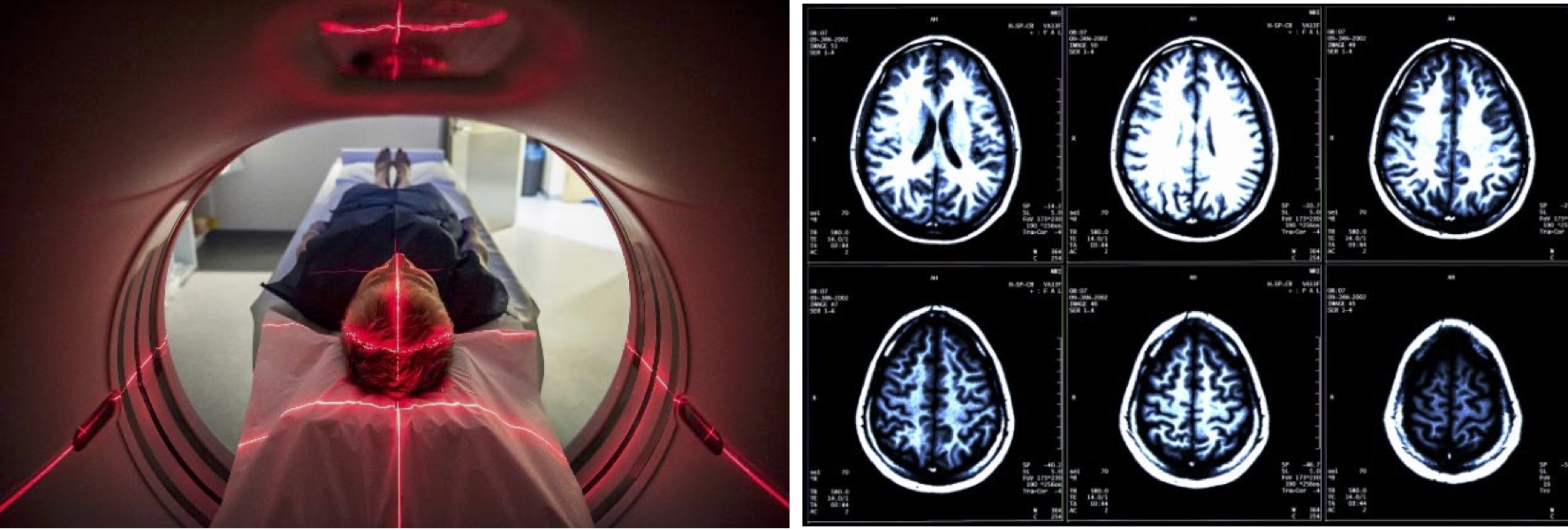Streamlining the Medical Imaging Software Development Lifecycle
The development of medical imaging software is a meticulous process that plays a critical role in advancing healthcare diagnostics and treatment. The rapid pace of technological change requires continuous investment in innovation to stay competitive. Companies must constantly update their devices with the latest advancements, such as artificial intelligence for image analysis. To accomplish that, the lifecycle of such software development usually encompasses several stages, from conception and design to deployment and maintenance. Each phase presents unique challenges that developers and project managers must overcome to ensure the delivery of high-quality, reliable, and compliant software in the shortest amount of time.
The Power of a Common Platform
To navigate these complexities effectively, a strategic and unified approach is essential. A common platform for medical imaging software development emerges as the key solution, offering a connected ecosystem where all stages of the lifecycle are seamlessly integrated. This enables efficient collaboration among diverse teams – software developers, verification engineers, regulatory specialists, and more – streamlining the entire process.
MATLAB is one such platform that has an integrated workflow for tying all the stages of the software development lifecycle together. Maintaining a digital thread throughout the development lifecycle is one of the ways to significantly shorten the software development timeline.
Figure 1: Bring all the software development lifecycle stages to one platform
Let's explore how a common platform tackles the specific challenges encountered throughout the development lifecycle:
- Conceptualization and Planning: Medical imaging software is usually focused on three areas: image formation and reconstruction, pre-processing, or analysis algorithms. Defining clear and achievable objectives is necessary to clearly state the current capability being reformed or new functionality being added. Given the complexity of medical imaging needs and the diversity of clinical environments, setting realistic goals can be challenging. Defining requirements of the new feature - considering integration with the existing system and/or redefining the requirements of the existing system due to the new feature to ensure integrity - often becomes a challenging problem.
Solution: Starting with conceptualization, MATLAB offers solutions for requirements analysis and software architecture, which help define clear objectives and deliverables for the new feature. These tools integrate with various third-party requirements and system engineering tools so that the software development can also be linked to the entire system development workflows (electrical, mechanical, fluids, etc.).
- Design and Prototyping: During the design phase, developers must create a design concept that balances advanced imaging functionality with user-friendly interfaces. Complex features should not compromise the ease of use for healthcare professionals. For that reason, several iterations usually happen during the prototyping phase to figure out the best possible version. This prototyping and iterative feedback from the end-users phase can sometimes be long and impact the overall product timeline.
Solution: MATLAB offers an extensive suite of image processing, signal processing, analysis, and AI capabilities that simplify the creation of complex algorithms. With the high-level language and interactive environment, developers can quickly prototype and iterate on sophisticated image formation, pre-processing, and analysis algorithms, reducing development time and increasing efficiency.
- Testing, Verification and Validation: Medical imaging software must be rigorously tested to ensure accuracy and reliability. Simulating the full range of clinical scenarios can be difficult. Again, with regulatory compliance in consideration, there is no shortcut for thorough testing. It is more often required to collaborate with clinical partners to conduct thorough testing, including unit, integration, system, and acceptance testing – which becomes a long iterative process.
Solution: Once the prototypes are developed, testing, verification, and validation are integrated into the prototype development process. The requirements and system architectures are directly tied to the prototype code, which extends to all the testing, verification, and validation suites. MATLAB also allows for the automation of the testing processes with continuous integration workflows, leading to more reliable and repeatable test outcomes. You can also develop Web Apps for sharing and testing the algorithms with clinical collaborators.
- Deployment and Integration: Integrating new software into existing healthcare IT systems such as RIS or PACS without disrupting clinical workflows is a common challenge. Sometimes the software needs to be deployed on edge systems; other times, the algorithms live on an enterprise system such as a cloud or hospital server. Using established standards like DICOM and HL7 to ensure compatibility is often necessary, and there is a need for comprehensive integration and system testing to ensure the functionality of the overall system is not compromised.
Solution: MATLAB supports interoperability with other programming languages and technologies, making it easier to integrate MATLAB-based algorithms into the healthcare IT infrastructures. The ability to compile MATLAB code into standalone applications or software components also facilitates integration with various systems. MATLAB can generate standalone C/C++/CUDA/HDL code for integration into various edge systems and compile into various libraries, e.g., Python, .NET, Java, etc., for integrating with enterprise systems. MathWorks fully supports cloud integration and integration with PACS databases while ensuring DICOM compatibility. All the deployment steps are usually automated—sometimes just a click of a button, which significantly reduces the overall development time. The requirements, test suites, and prototype code are all tied to the deployed code, making the testing and validation much faster while ensuring true code quality.
- Regulatory Compliance: Compliance with regulations such as FDA 21 CFR Part 11, IEC 62304/IEC 82304, or the MDR is mandatory for bringing medical imaging software to the market. Keeping up with changing regulations and ensuring compliance can be overwhelming. It is mandatory for companies to implement a quality management system (QMS) that is designed to meet regulatory requirements throughout the software development lifecycle. This is also a necessary process, and sometimes a software development lifecycle can involve several iterations between the development, verification, and software teams. Since in this phase all the product teams get involved, the time taken to converge is often very long.
Solution : MATLAB supports compliance with regulations (FDA/MDR) and industry standards(IEC 62304) by providing solutions for tool validation, ,traceability from requirements to code, verification, and test report generation for technical files. The MATLAB environment supports the creation of clear and comprehensive documentation that can save significant amount of time and effort for regulatory submission and audits. The digital thread enables tracking any changes to the artifacts, tracing relationships between artifacts, identifying outdated results, performing incremental updates of results, and many more capabilities which greatly reduce the regulatory burden. Every single line of code that becomes part of the medical device can be traced back to the original requirements, architecture, prototype code, and test cases; and other metrics such as code coverage, etc., are also reported.
- Maintenance and Updates: After deployment and market release, the software must be maintained, updated, and scaled to meet evolving clinical needs and technological advancements. Companies are required to develop a long-term maintenance plan that includes regular updates, patches, and technical support. Designing the software with scalability in mind to accommodate future growth and changes adds to the total development timeline.
Solution: MATLAB's modular structure allows for easy updates and scalability. Developers can modify or extend functionality without overhauling the entire system. MATLAB's compatibility with previous versions also ensures a smoother transition when upgrading software components.
Benefits Beyond Efficiency
Adopting a common platform approach extends beyond just efficiency gains. It fosters collaboration, enhances transparency, and ensures data integrity throughout the development process. This ultimately leads to higher-quality software, faster time-to-market, and improved patient care.
The Path Forward
As the medical imaging landscape continues to evolve, a common platform becomes increasingly essential for navigating the complexities of software development. By embracing this unified approach, companies can unlock their full potential, bringing innovative and reliable solutions to the healthcare industry while ensuring compliance and patient safety.
- Category:
- Industry










Comments
To leave a comment, please click here to sign in to your MathWorks Account or create a new one.